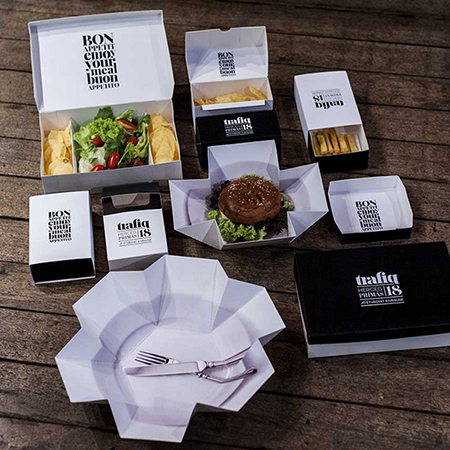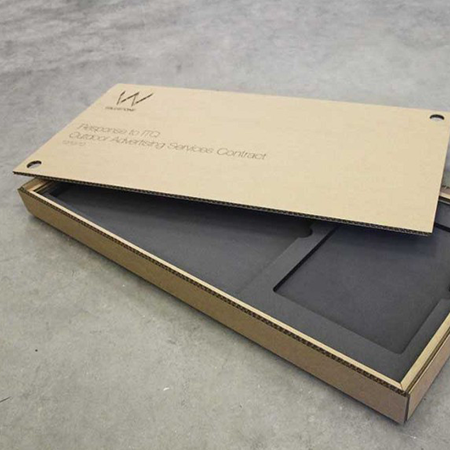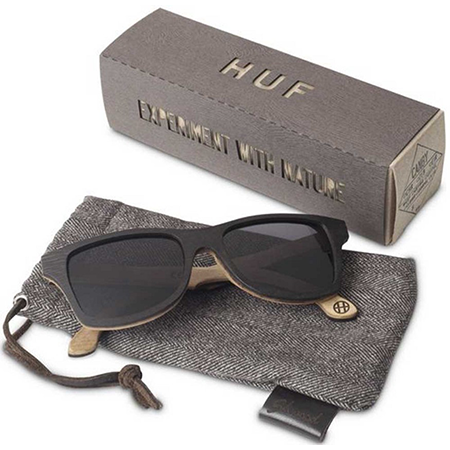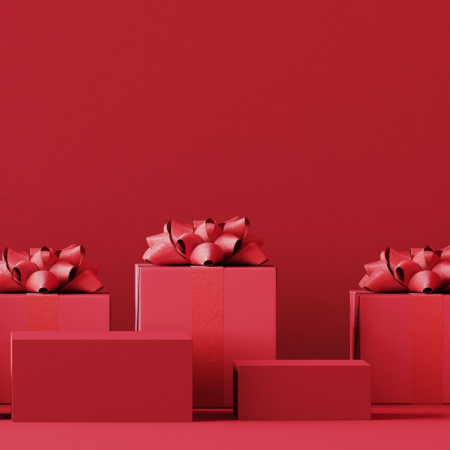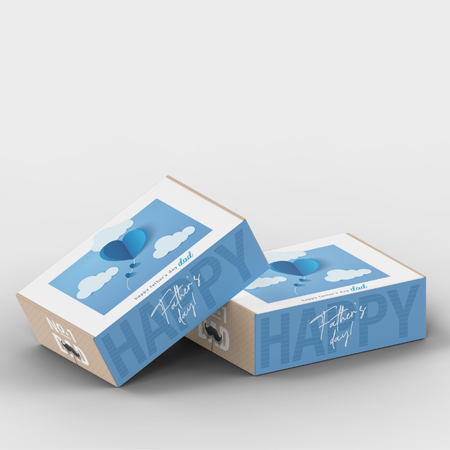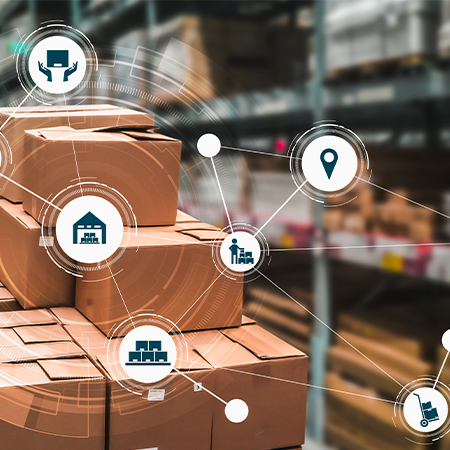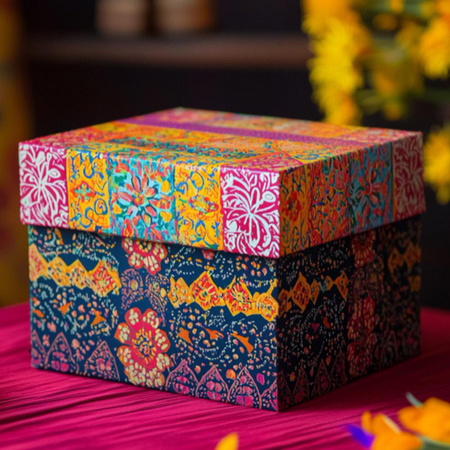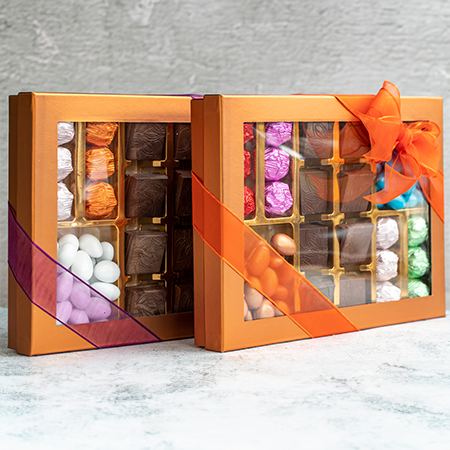At the beginning of 2020, the packaging industry's main focus was sustainability. The trends revolved around the circular economy due to both political and consumer pressure associated with waste accumulation. Solutions focused on replacing plastics with sustainable materials, reducing overall packaging use, and increasing reuse options. However, as in all other industries, the pandemic changed the course of packaging, bringing disposable packaging to an all-time high. At the height of the epidemic in April, the only focus for packaging was hygiene and safety. More packaging was added to the products so that consumers could remove the outer layers and feel safe using the main packaging of the product.
While still during an epidemic, consumer paranoia has settled and a focus on long-term sustainability has come to the fore. Despite this dynamic backdrop, we highlight the most important trends affecting packaging in 2020 and make predictions for 2021.
Paper (untreated hardwood and softwood fibers) and pulp (recycled and waste fibers from various sources) packaging types have emerged as strong competitors to replace plastics for food and beverage packaging applications. In the food and beverage industry, brands have moved away from both glass and plastic to adopt paper or pulp-based solutions. As single-use packaging increases in 2020, alternative materials such as paper and cellulose have gained significant momentum.
Many companies have initiated designs and partnerships to bring dough packaging to the market by 2021:
Johnnie Walker spirits will be packaged in 100% plastic-free pulp-based bottles to replace glass bottles from 2021.
Smurfit Kappa ve Patani Global Food collaborated to develop paper-based cold chain packaging so that paper materials reached the capacity to compete with the properties of plastics.
Despite the growing demand for single-use solutions, reusable packaging has also seen ongoing momentum. The adoption of reusable packaging is difficult to predict because it requires consumers to move away from the current use and disposal methods of packaging. But big brand owners are determined to try this approach:
Fast food brands such as McDonald's, Burger King, and Tim Hortons are partnering with TerraCycle's Loop to expand reusable packaging. Reusable packaging for fast-food brands makes sense as they are large-scale manufacturers, but after the epidemic, it is unclear whether consumers will choose shared packaging for the sake of sustainability or disposable for hygiene reasons.
The question of a viable solution to the single-use waste problem of reusable packaging is unclear. But it's a growing solution, and brands like Unilever and Nestle are launching projects to see the results of attractive mass packaging solutions.
Other trends started in 2020 strong but lost momentum due to the epidemic. Monomaterials received a lot of attention in the first two months of 2020, but the pandemic has caused many material companies to close their R&D and innovation projects to focus their limited funds on existing core technologies:
German packaging company Südpack has launched monomaterial solutions for meat products. The company claims that this solution provides a reduction in material usage of up to 60%.
Kellogg's launches its new granola in a fully recyclable monomaterial bag. It took 18 months of R&D and collaboration with six companies to bring the packaging to market, which highlighted the technical complexity of developing a monomaterial suitable for commercial applications.
In light of all this:
With all different material and business model alternatives to improve disposable packaging and reduce plastic pollution, the underlying trend: packaging innovation. Companies want to work with product development teams to design powerful creative ideas for both products and packaging. It invests significantly in developing packaging suitable for product development for better compliance and sustainability. With all these trends in mind, companies should focus on alternative packaging materials and different business models, expect continuous rapid growth for e-commerce and flexible packaging in return, and integrate packaging innovation into product development. LuxBoxPack will always be with you in managing this process with its expert team that will give you all the answers you are looking for.
